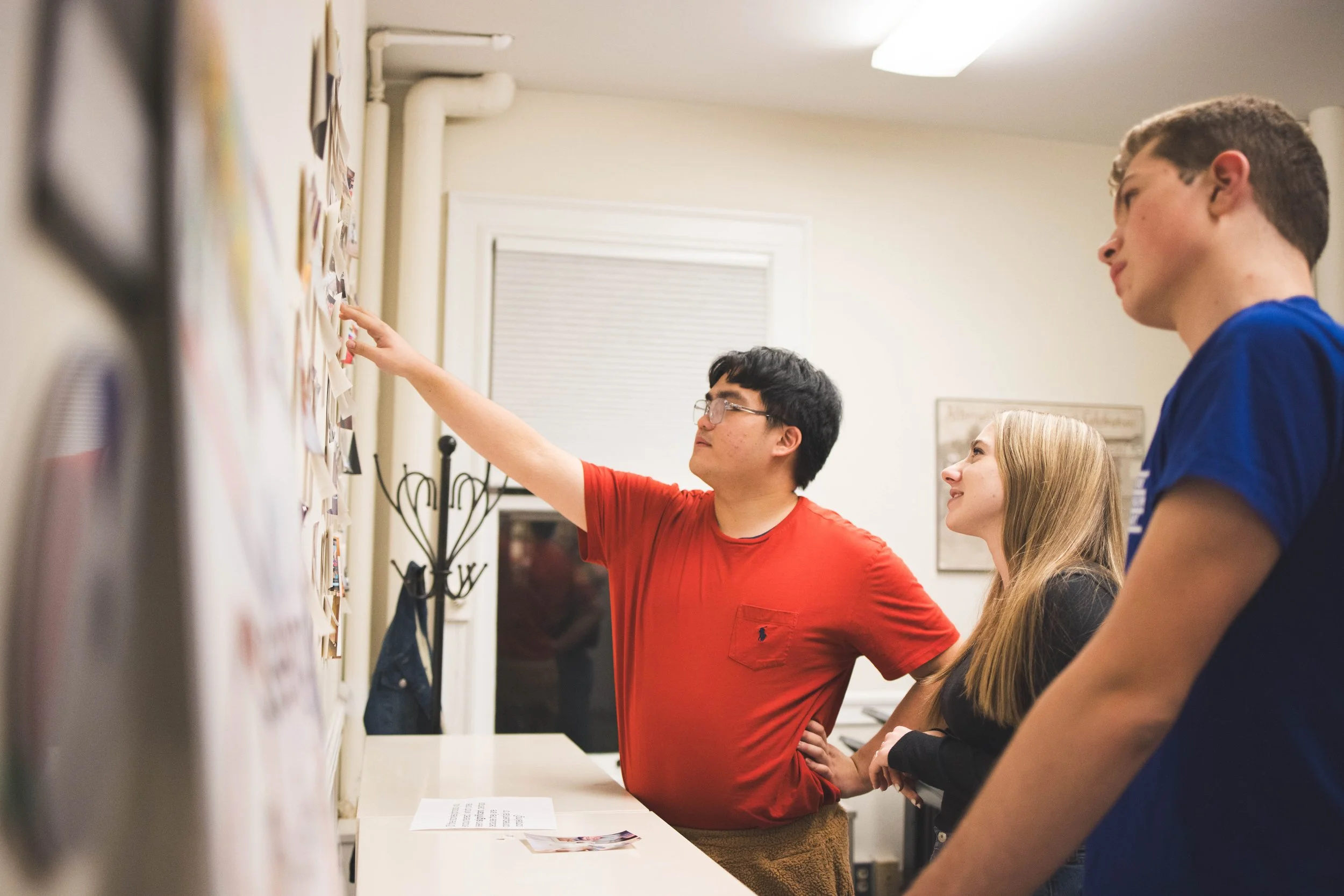Interfaith Photovoice on the Dartmouth College Campus
Throughout Dartmouth College’s winter term, members of the Interfaith Living Learning community had the special opportunity to participate in the inaugural run of Interfaith Photovoice on campus. Six students, each of whom live together on the same dorm floor specifically designated for students with an interest in interfaith engagement, partook in the program as a unique medium to further their interfaith dialogue with one another.
The visual aspect of photovoice created a unique outlet of self-expression that allowed these students to better understand one another and develop deeper bonds. After each meeting, the students were met with a different prompt for their photos to focus on; for example, one prompt related to how one's beliefs, practices, and values shape their experience at Dartmouth. Another asked what changes they’d like to see on campus to better cultivate an environment inclusive of all worldviews.
Coming together in their weekly presentations and discussions, these students uncovered a multitude of important themes relevant to the Dartmouth campus. The most frequently mentioned theme was the accessibility to worldview practice. This issue is present both directly and indirectly; for example, students expressed the nature of dealing with the limited religious spaces on campus for those coming from a minority religious background, but they also brought up the difficulties of finding time to practice faith during the rigorous terms at Dartmouth, intensified by the college’s quarter system. Eventually, the time came for the presentation of the curated student photos in our culminating exhibition, where we were fortunate enough to have various leaders in the Dartmouth community attend, including the director of Dartmouth Dining and the Dean of the College.
Ultimately, the introduction of photovoice for interreligious engagement was an important step for enhancing worldview inclusivity at Dartmouth and raising awareness of avenues for improvement in terms of interfaith engagement.

